lcarreau - Aug 19, 2008 1:36 pm - Hasn't voted
Re: lightning in the san francisco peaksFact: Lightning strikes on sandy soil can produce fulgurites.
These root-shaped tubes of melted & fused sand grains are sometimes called 'petrified lightning.'
Fact: Volcanic material thrust high into the atmosphere can
trigger lightning.
The San Francisco Volcanic Field of n. AZ has a history of
volcanic activity, and the exposed rocks are of volcanic origin.
I don't know if lightning can affect the coloration of rocks.
I've always wanted to climb Mount Theilsen, an ancient volcanic
'plug' north of Crater Lake in Oregon. To many people, it's
known as the 'lightning rod' of the Cascades. Though it's summit
consists of dark volcanic rocks, continued lightning striking
its summit may have altered the rock in that specific area.
The next time you visit northern AZ, take a look at some of the
Ponderosa pines growing north of Flagstaff. Many have been struck
by a searing bolt of lightning, producing vertical scars along
the trucks of the tree; and in some cases, destroying the tree
altogether.
I'm not aware of a shelter being built above the 11,400' level on
Humphreys. Perhaps the group of folks you were referring to took
the Weatherford Trail back down to the treeline on the east side
of the Peaks. I would feel safer if I made it down to one of those 'Corkbark fir' trees where a person can protect themselves from wind, hail and the rest of the elements that Ma Nature will indeed be THROWING at you. (THANKS for your questions, and I promise to do more research on what is causing the glassy coating on some of those rocks, which is a very fascinating discovery on your part). -LARRY
Diveria - Aug 25, 2008 8:26 am - Voted 10/10
Sorry for your friend LarryNow I understand your questions about lightning and fire.
Lightning are quite frightenning over mountains, I remember a day, several years ago, me and my father descending a glacier, running scared, with crampons and axe dragged with a long rope tied to our back pack with the air broiling around us!
As long as I lived I can't remember notice of fire starting here in Europe or Italy due to lightning, I guess what terrible lightning storm hit Virginia the day of the fire you mentioned!
lcarreau - Aug 25, 2008 7:10 pm - Hasn't voted
Re: Sorry for your friend LarryYes, the state of Virginia is on the TOP TEN list of lightning hits. Unfortunately, I'm not very CLOSE to my brothers and sisters
in Virginia and the East Coast. In fact, I haven't been to the
grand continent of EUROPE in several years.
That's why I'm always sorting through the information on my computer, trying to draw conclusions or correlations from what I
am witnessing. (Kind of like a PRIVATE EYE.)
BRAVO to all your experiences with your family/friends in the mountains! Sounds like you are having a GREAT time of it.
-As always, Larry of AZ [Take care, my friend!]
silversummit - Sep 14, 2008 11:13 pm - Voted 10/10
Not to me but heard about thisI attended Outward Bound North Carolina in June '80 and of course they covered alot on lightning. We were bushwhacking up a mountain when a big storm came in. As told, we took off our internal frame packs and crouched down on them on the side of the mountain and waited it out. Afterwards, the instructors told us about the year before when a crew had two instructors struck by lightning on a nearby mountain. Crew members had to resuscitate both and treat for burns. It took hours to get out and get help in for them and one suffered heart damage and needed skin grafts.
I have lots of respect for storms now especially when I hear any distant clap of thunder.
lcarreau - Sep 14, 2008 11:30 pm - Hasn't voted
Re: Not to me but heard about thisYou're right - RESPECT is a big word when placed next to a
lightning bolt. When I was growing up in Utah, I've always had
a ton of respect for my Dad (still do).
Then came the day when I snapped a photo of my Dad standing next
to a giant Sequoia tree in California. Here was a giant (in my
humble eyes) being drawfed by a tree. I then knew that NATURE
was much bigger. I knew that NATURE was the one to follow.
If we respect Nature, how can any of us go WRONG ???
(Thanks for your comment, silversummit!)
donhaller3 - Dec 23, 2008 11:59 am - Voted 10/10
Dumb Thing That May WorkOne frequently can't see over the horizon in the direction the storms are coming from. At least in mountains or canyons. So before setting out with kids for afternoon activities I would turn the care radio on while getting ready to leave the trailhead and listen for static bursts. Loud or many seemed to mean lightning was relatively close.
lcarreau - Dec 23, 2008 6:47 pm - Hasn't voted
Re: Dumb Thing That May WorkGREAT IDEA, DON! It seems to me that most lightning-related
accidents occur in the backcountry, after the person or persons
have left their vehicles far behind.
If somebody can equate the frequency and number of static bursts
on the radio station with lightning strikes, they might think
twice before subjecting themselves to the forces of Nature.
Merry Christmas, Don!
donhaller3 - Dec 24, 2008 2:58 am - Voted 10/10
Re: Dumb Thing That May WorkTrailhead use with small kids. Although those that lug those little weather radio receivers (or ipods etc. with radio receivers) might find a further use here.
It does work. The first Hart Mountain trip I took with Mike, then 3 or 4, involved a series of thunder storms that marched by way off to the north as we ate dinner the first evening. I turned the car radio on trying to catch a weather report and noticed that distinctive static bursts occurred simultaneously with the flickering lightning. The bursts occurred all over the am and fm broadcast bands.
I have since "heard" thunderstorms coming over the radio before I could see them,while driving, but I've never actually aborted a hike because of this. Little use for afternoon local terrain generated storms on peaks, but as for the fronts that sneak up on you from behind the ridge or peak, might be useful.
I also turn car radios off driving through such storms as my guess is you could subject your radio to terminal front end overload from very close lightning discharge. Blatant attempts to hijack thread: What if any steps should we take to protect receivers (gps, sat radio, cell phones, ipods) if caught in the middle of a gawdawful thunderstorm.)
GOING BACK TO THE ORIGINAL THEME, as is mete and fit and proper, an excellent in memoriam.
lcarreau - Dec 24, 2008 2:16 pm - Hasn't voted
Re: Dumb Thing That May WorkGreat ... I need to continue my research on how lightning affects
electronic devices. When I venture out into the wilderness, I
(of course) turn off my cell phone whether I spot (approaching
weather) or not. I don't utilize GPS or ipods in the backcountry.
(I take a crumpled old map along with me.)
Are you familiar with SP-member Dean??? He could probably shed
some light on this "lightning-related" topic. I wouldn't be a
bit surprised if OTHERS have already developed a technique for
AVOIDING lightning, such as some type of receiver that they carry
along with them. This is a fascinating subject, Don! Take care,
and THANKS for getting my brain cells going!!!
Larry of AZ
Sierra Ledge Rat - Jan 4, 2009 5:20 pm - Hasn't voted
St. Elmo's FireI got to see a lot of St. Elmo's Fire when I flew jets in the Navy. Frequently our jet's windscreen and refueling probe were engulfed in St. Elmo's Fire. The most memorable experience was when we had St. Elmo's Fire shooting 35 feet out of the refueling probe for 5 mintes and the St. Elmo's Fire danced on the windscreen. Once our jet was struck by lighting but there was no damage.
lcarreau - Jan 4, 2009 7:11 pm - Hasn't voted
Re: St. Elmo's FireThank you for your service. I served for four years, but I was on
top of the ocean. Being in the North Atlantic, we didn't come
across any lightning I can remember. The lightning I came across
was all in the mountains of Utah; after I returned to life as a
land-lubber.
I suppose you remember your experience like it was yesterday, and
it must have been a true adventure. It takes a special kind of
person to be able to land jets on carriers.
I always wanted to dance with St. Elmo's Fire. Instead, I ended
up dancing with my wife. Have a safe 2009, Sierra Ledge Rat!!!!!
Sierra Ledge Rat - Jan 4, 2009 7:05 pm - Hasn't voted
Lightning on the summit of Mount RainierMy brother and I were dropping off the summit of Mt. Rainier when we were electrocuted. There was a large lenticular cloud over the summit but no other clouds in the sky. I felt it first - like being stung by a swarm of bees. Our metal objects started humming and then the lightning started. It was extremely painful, but we were never directly hit by lightning. I guess we were getting a lot of electricity anyway. The lightning was all around us and the thunder was simultaneous with the lightning bolts. The lightning storm lasted for 20 minutes.
lcarreau - Jan 4, 2009 7:22 pm - Hasn't voted
Re: Lightning on the summit of Mount RainierOne word - fascinating! I was born in Tacoma, and not once did I
ever spot any sign of electrical activity on Mount Rainier.
Was this on the Ingraham Glacier route? It has been said that at
14,411', and protruding into the atmosphere the way it does, Rainier CREATES its own weather. And, it's very hard to calculate
or even predict what the weather will actually do.
Congratulations - you managed to beat off the grim reaper!
Sierra Ledge Rat - Jan 8, 2009 7:13 am - Hasn't voted
Re: Lightning on the summit of Mount RainierWe traversed Rainier, Success Cleaver >> Disappointment Cleaver. We were 100-200 yards below the summit crater on the Disappointment Cleaver side when the electricity started.
lcarreau - Jan 8, 2009 11:59 am - Hasn't voted
Re: Lightning on the summit of Mount RainierThen, you probably know where Pyramid Peak is. I summited Pyramid
Peak several times with the Tacoma Mountaineers, coming up from
the West Side Road. Anyway, from Pyramid you can catch clear views of the Success Cleaver and Kautz Cleaver routes.
Looked to me that these routes could be ascended very quickly under the right conditions. Of course, mild weather always helps!
Rainier looks so heavenly from the Success Cleaver side.
Deltaoperator17 - Jan 19, 2009 2:22 pm - Voted 10/10
HolaI never told you how much I enjoyed this article. I fine piece of work and effort that we get to enjoy for years to come.
All those years I was a Golf Professional, lighting is the one thing I was concerned more about than getting hit by a student swinging a club or an arrant ball to the nogin..LOL
All my best to you brother,
Esteban
lcarreau - Jan 19, 2009 3:58 pm - Hasn't voted
Re: HolaLikewise, brother!
Hey, I thought your name was Steve. Okay, a light just went on in
my noggin!!! Gracias, Esteban!!! : )))
Rock Hopper - May 14, 2009 6:45 am - Hasn't voted
Lightning in AustraliaI'm probably not the most traveled person to comment on Oz, as its a very big place. But yes we do get lightning, in some places lots. Darwin has recorded 1634 lighting strikes in a few hours during one storm (More than Perth would have for the whole year), but this is the "Top End" and it's monsonal, so they have an astronomical amount of lightning.
Closer to my part of the world, The Blue Mountains in summer gets frequent storms, frequent enough that canyoning trips are dependent on the daily weather forcasts. And decisions to go are very much done on the morning of the trip. Flash floods in canyons are very dangerous, water levels can rise several meters in minutes. North of Sydney, the Hunter Valley is world renownded for storms, and has its own stormchasers, much like those in the US.
There are about ten fatalities every year in Australia from lightning strike, in 2006 an Irish tourist was struck by lightning on Bondi Beach, Sydney's most popular beach.
Lightning storms are often very beautiful to watch, and like most things in life, have a sting in their tail.
Thank you for your story, your friend sounds like a remarkable man.
Paul
lcarreau - May 14, 2009 9:31 pm - Hasn't voted
Re: Lightning in AustraliaThis (obviously) is PROOF that lightning is not limited to the
United States. I'm counting on the readers to comment on the
occurrence of lightning-related incidents in other countries.
Thanks for your report, Paul. Indeed, my friend Verl was
somebody who weighed his chances in life, and made the decision
to choose the outdoors OVER the computer and television set.
I was SAD to hear the problems Australia faced during the
"catastrophic" season of wildfires several months ago. Over
time, the Earth has a way of mending itself and maintaining
a special balance for the continuance of life.
With the advent of the "information age," all we can hope for
is that people (somehow) plan & prepare themselves for
everything Nature will be throwing at them. Time becomes a
precious commodity for those of us who follow the warning signs.
Just my two bits worth, as I always appreciate different opinions and (valuable) information from countries I've never visited. THANKS again, Paul!
SmokeSessionsdotcom - Jun 25, 2009 11:38 pm - Hasn't voted
lightning experienceThis afternoon, in Southern Ontario (near Niagara Falls) i was driving on the highway in the middle of a huge thunder and lighting storm, radio on. There were points where i couldnt see the car in front of me from the rain and hail pouring down... anyways..
suddenly i felt my seat and center console vibrating. It felt as if my cell phone had fallen out of my pocket and between the seats, but more intense. I reached down to grab it, but realized that my cell phone was on my passenger was on my passenger seat, and there was no missed call, nor was it vibrating. I also felt a slight weirdness or numbness in my lower lip. This vibrating lasted probably less than 2 min. I know i was dead in the middle of storm. Did this happen because lightning hit really close by? Could it have hit my car? A lamp on the highway? Has anyone ever experienced this?
About 30 min later, I heard on the news station that I was listening to (the entire time), that one of their towers had been hit by lightning, and that was the cause of some of their bad signals. I was probably near (by near i mean in the same town) the tower that got hit.. any ideas? Was the vibrating i felt in my car because of the lightning? Or perhaps the ground was rumbling... ive never experienced something like this, especially while driving.
any ideas or suggestions would be appreciated.


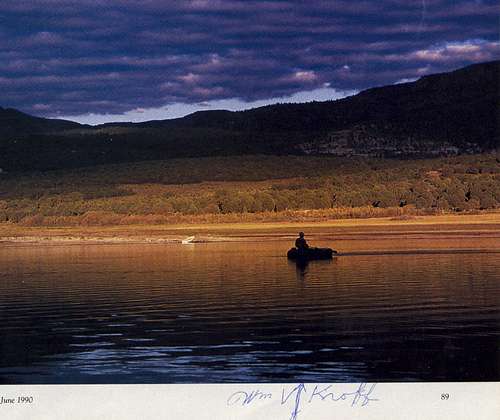
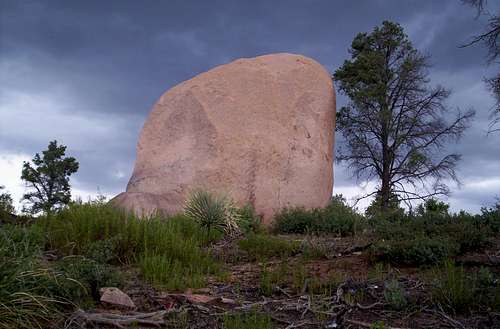
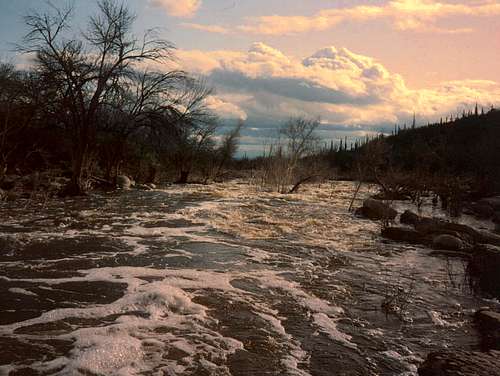

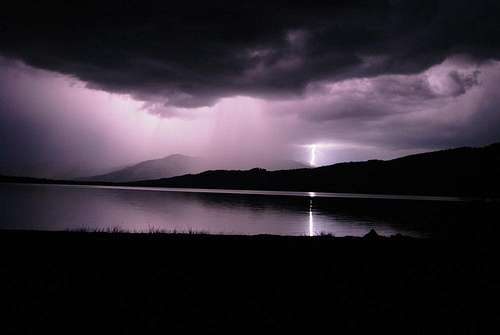
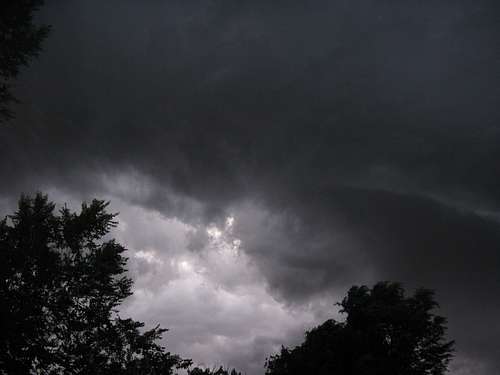

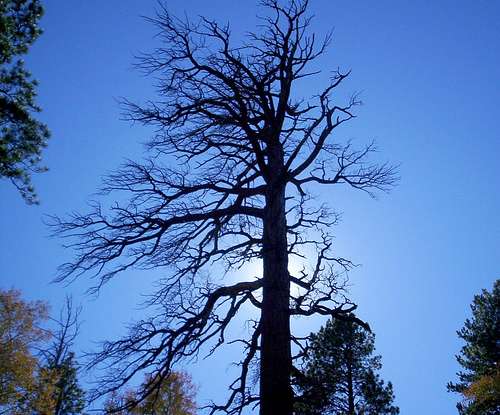






Comments
Post a Comment